When we think of harassment in the workplace, it’s easy to imagine situations that may occur in a physical office. Work has changed drastically over the past few years, and has shifted towards online environments more than ever before. Online workplace harrassment, including sexual harrassment, are a growing crisis in this new work environment. Adding to this problem, sexual harrassment has seen a rise over the past few years in general. It is an increasingly more common occurrence, and one that is becoming gradually more pervasive online. What is all the more worrying is that because working online is something companies are still in the process of figuring out, the online workplace poses new, unforeseen challenges for people who may be dealing with a workplace abuser.
For those who experience online harassment at work, figuring out how to go about reporting and generally dealing with this sort of abuse of power is challenging. Victims of this sort of abuse may be left wondering how to report this sort of behaviour, and what they can do to protect themselves. For employers, it is becoming necessary to understand how workplace harassment comes about, and how to shift practices to prevent this form of pervasive abuse from occurring.
Whether you have experienced online harassment, witnessed it, or want to do your part in helping to create change, there are several key things to know about online workplace harassment to start with.
- Sexual harrassment can take on many different forms
A key issue fueling the pandemic of sexual harassment online is a lack of recognition of what sexual harassment and assault entails. In our culture, we are often told that sexual assault needs to be violent, extreme or life-threatening. The images of rape, physical harm and extreme violence abound in the media. This prevents victims and anyone else in their environment from seeing it, even as it happens in front of their eyes. This means that people who have experienced sexual abuse often don’t recognise it or report it, while continuing to suffer its impact. Likewise, employers often end up dismissing claims of abuse based on this false narrative, and lack of awareness, preparation and responsiveness when it does happen.
The truth is that any violation of a person’s sexual boundaries is sexual harassment. This includes sexual innuendo and jokes, sexual threats, nude pictures, and infringing on someone’s space. While it may be difficult to accept that an online message can do harm, all evidence shows that it does.
“Harassment and violations of personal boundaries are always harmful, and can lead to trauma no matter how “minor” we may think they are.”
- Workplace harassment is a growing crisis that thrives online
Research has shown that women who experienced sexual harassment before the pandemic have seen it worsen throughout remote working. This trend is very worrying. The past three years have seen a big rise in sexual harassment of all types in the work setting. While removing physical boundaries, working online enables quicker connection and communication, allowing abusers to strike more easily, and regularly. What’s more, the physical boundaries such as other people’s presence, physical space and ability to self-defend are all but absent. Most of us are connected to the internet at all times of day and night. While we do put up boundaries to some extent, it’s impossible to physically “escape” the internet. The bottom line is that online work makes it easier for abusers to “reach out”, and makes it harder for those on the receiving end of it to back away.
- Women are three times as likely as men to experience online abuse
Most targets of online abuse are women. Three times as many women face online sexual harrassment than men. It’s important to recognise that social inequality exists in the online world, and that things like sexism, patriarchal systems, and rape myths inform how many people behave and respond to sexual harassment virtually and offline.
- It’s easy for abusers to harm others online
Increased connectivity has allowed predatory individuals to target others as easily as never before. It’s easy for abusers to hide behind fake profiles, find platforms and addresses to contact victims, and target them without leaving a trace. Without the protection of public spaces, the presence of other people, and physical separation, an attacker can constantly infringe on someone’s space and feel impossible to predict or avoid.
The impact of sexual harassment cannot be ignored
Data suggests that around 40% of adults say they have faced harassment online, and this number increases to 64% amongst people under the age of 30. This means that a large number of people making up the global workforce will have experiences of harassment that may continue to affect them.
Sexual harassment and assault has a huge impact on those experiencing it. The mental and physical toll it can have may last long beyond the abuse, and affect people who have experienced this for years to come. For many, the effects may not be severe, but will still affect them to some degree. Self esteem, assertiveness and positive relationship building may all be areas that become challenging for someone who has experienced any form of violation, whether verbal, physical or sexual. Often, abuse takes place over a long period of time, and this has a cumulative toll on victims. Sexual assault often results in depression and anxiety, as well as PTSD. The impact can be chronic and affect any future relationships. This may lead to deeper trauma, where any interaction with the abuser or repeated harassment can be both triggering and create new trauma for the victim. It’s easy to see how work life and professional relationships may be affected. The huge number of people experiencing abuse highlights the fact that a conversation about abuse in the workplace is long overdue.
The effects of abuse can be mitigated with the right interventions offered by psychotherapy, as well as changing the environment. Supportive relationships have been highlighted as key in the recovery process.
A crisis that needs our attention right now
With more than half of young adults who are entering work life experiencing harassment online, we are seeing a hidden pandemic unfold behind the scenes of the online workplace. Online bullying, stalking and abuse is everywhere. Organisations need to recognise the presence of online harassment, it’s likelihood in their organisations, and understand its impact. Employees need to have access to knowledge and resources to empower them if they see or become victim to online abuse at work.

